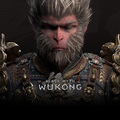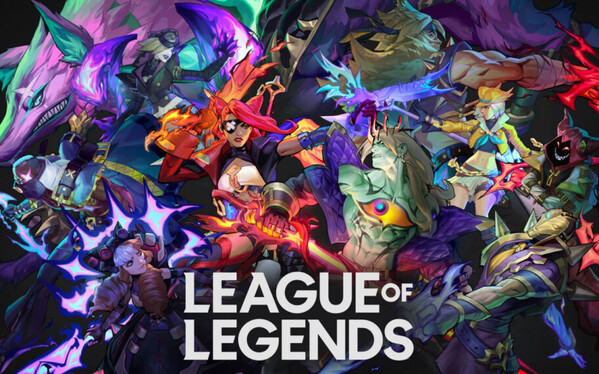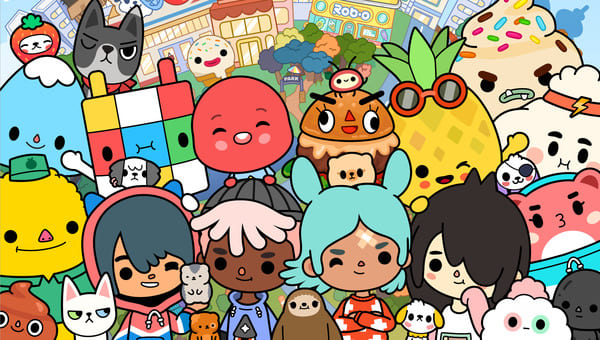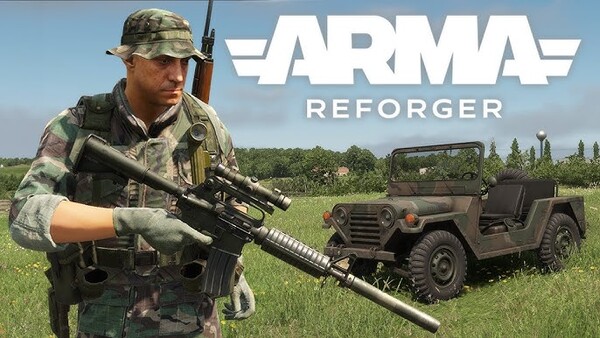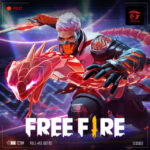
League of Legends
Popular Now
Solo Queue used to be the brain of League of Legends, where decision-making, vision control, and macro strategy mattered. But over the years, strategy has faded—replaced by fast-paced fights, early snowballs, and individual mechanics. This article summarizes the timeline of that decline.
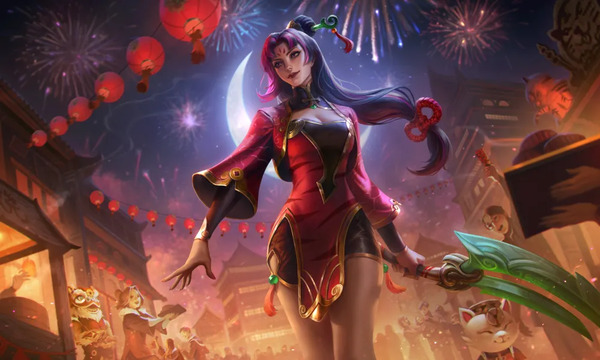
2009–2013: The Early Days – Strategy Through Communication
Players relied on chat, pings, and game sense to win. Vision was manual—no trinkets or easy wards. Map awareness and team coordination were key to victory.
2014–2015: Pro Meta Standardizes Solo Queue
Professional play heavily influenced ranked games. Players began copying rotations, jungle pathing, and objective setups seen in LCS or LCK. Macro knowledge became expected even in mid-Elo.
2015–2016: Juggernauts and Power Creep Overshadow Tactics
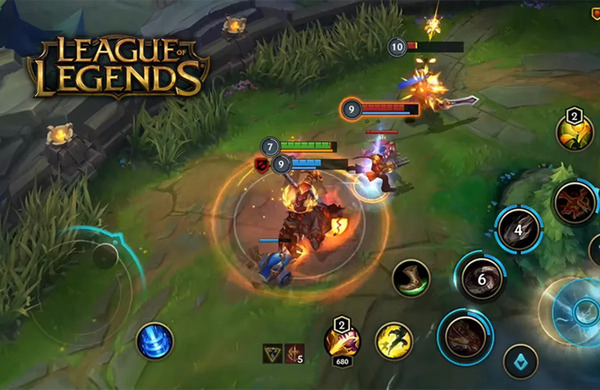
Patch updates introduced champions like Darius and Mordekaiser with overloaded kits. These picks could win fights without team coordination. Mechanical outplay took priority over map control.
2016: Dynamic Queue Breaks Competitive Integrity
Riot allowed full 5-player stacks in ranked games. This hurt the fairness of matchmaking. Solo or duo players were often stomped by coordinated teams. Community backlash forced Riot to bring back Solo/Duo Queue.
2017–2018: Ping Systems Simplify Communication
Ping wheels improved—but also replaced actual communication. Strategic calls were reduced to spam-pings. The role of shotcaller became rare and unrewarded.
2019: Early Game Snowball Meta Takes Over
Changes to turret plating, dragons, and Heralds meant early game success snowballed hard. Games were decided in the first 10 minutes. Scaling and macro play lost value.
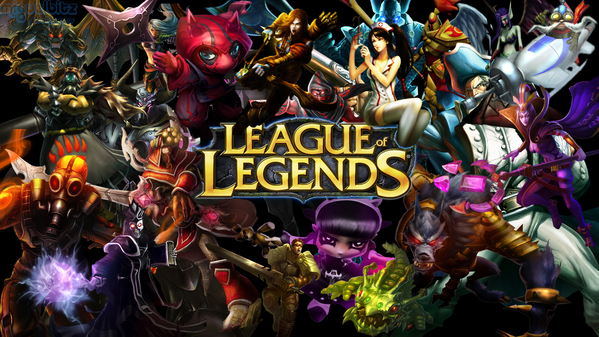
2020–2022: Jungle Role Oversimplified
Jungle was made easier with catch-up XP and simplified paths. Junglers no longer had to track tempo or jungle control. Most played for ganks, not objectives.
2021–2023: Bounties Create False Comeback Hope
Objective bounties were introduced to prevent one-sided games, but players started playing worse intentionally to trigger them. Strategic thinking suffered.
2024: Faster Game Pace Destroys Long-Term Planning
New terrain, item changes, and shorter respawn timers accelerated games. Aggressive picks and early fights dominated. Players had no time for planning.
2024–Present: Arena Rises, Strategic Players Exit
Shorter, faster game modes like Arena attracted casual players. Strategic players who liked vision control and macro often stopped playing Solo Queue.
Conclusion: Is Strategic Solo Queue Gone for Good?
Riot's updates now focus on action and excitement over planning and tactics. Bringing back true strategy would require slower pacing, vision priority, and better scaling rewards. Until then, Solo Queue will continue to reward raw mechanics and fast reaction over deep decision-making.







